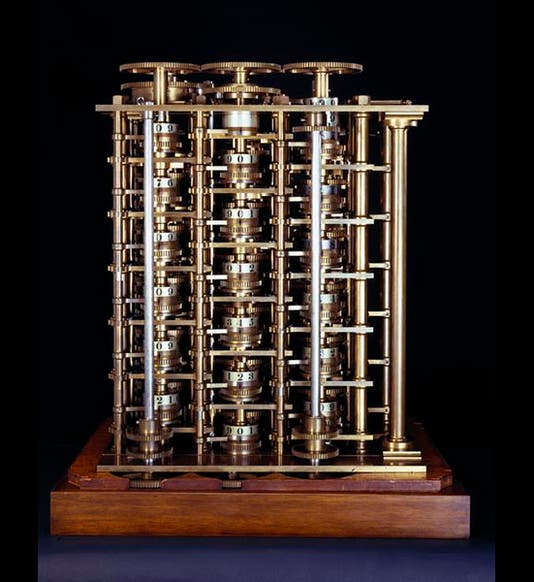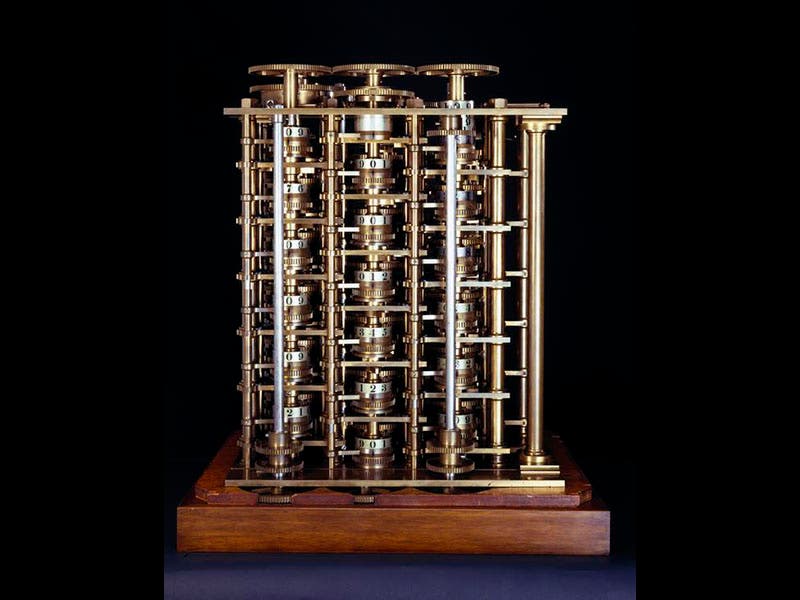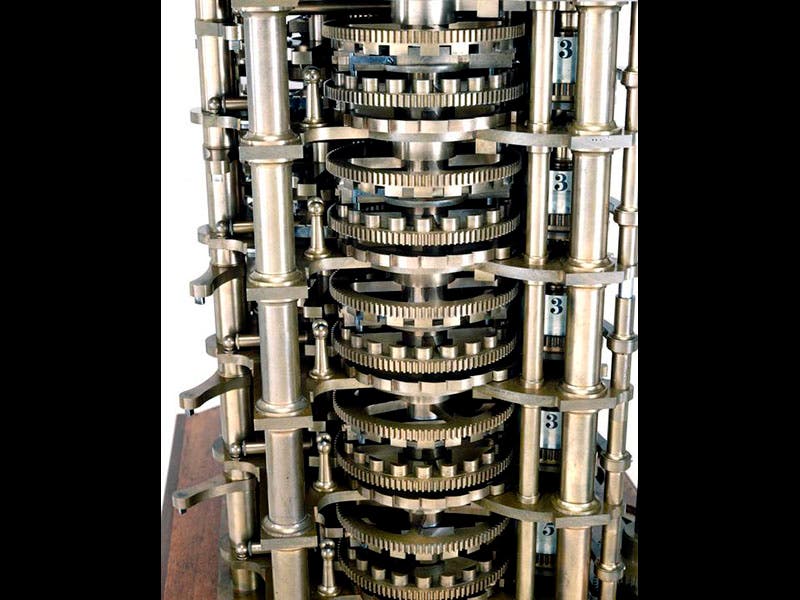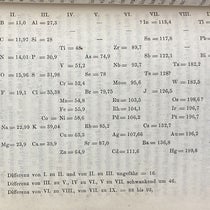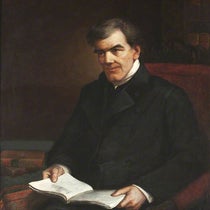Scientist of the Day - Charles Babbage
Charles Babbage, an English mathematician, was born Dec. 26, 1792. Babbage was a rather eccentric mathematical genius who came out of Cambridge University in the 1810s, part of a “Philosophical Breakfast Club” that also included John Herschel and William Whewell. In the 1820s, impressed by an 18-volume French set of mathematical tables that had been computed entirely by hand, Babbage decided to see if he could devise a mechanical calculator that could do the same task, only much more accurately. By 1822, Babbage had constructed a small model that he showed around and which generated some excitement in official circles, enough so that he was able to get government funding to build a full-scale version. He would work on the project for the next 10 years. The 1822 model has not survived.
Babbage teamed up with a machinist, Joseph Clement, and by 1832 they had completed a portion--about 1/7--of a complete "difference engine", so called because it calculated by computing differences in one variable for each successive value of another variable (first image). The partial difference engine that was displayed in 1833 had some 2000 precision parts and was a truly beautiful machine, as we see from detail photographs (second and third images). Better yet, it worked perfectly. It is on display at the Science Museum in London; we call it Difference Engine No. 1, and it is the grandfather of all the calculating machines that followed, including the famous bombe of Bletchley Park.
Unfortunately, Babbage never completed Difference Engine No. 1. Shortly after the 1833 unveiling, Babbage and Clement had a falling out and broke up their partnership, as Babbage suspected that Clement was using much of Babbage's money to expand his own workshop with expensive tools bought at Babbage’s expense. The 12,000 parts that were already on hand to complete the machine were ultimately sold for scrap, although Babbage’s son used some of them in the 1870s to construct another working model that the Science Museum also has on display.
Babbage later envisioned a Difference Engine No. 2, and although plans were completed, construction never began in Babbage’s lifetime; only in 1991 was the calculator completed. Babbage also designed a completely different kind of machine, his Analytic Engine, which was not a calculator but a programmable computer, and it is probably Babbage's most celebrated achievement, but he never built this either. Not until the 1990s would an Analytic Engine be constructed in the 1990s, using Babbage’s plans and with Victorian machine tolerances. It worked perfectly.
Babbage’s portrait, painted by Samuel Laurence in 1845, is in the National Portrait Gallery, London (fourth image).
Dr. William B. Ashworth, Jr., Consultant for the History of Science, Linda Hall Library and Associate Professor, Department of History, University of Missouri-Kansas City. Comments or corrections are welcome; please direct to ashworthw@umkc.edu.

